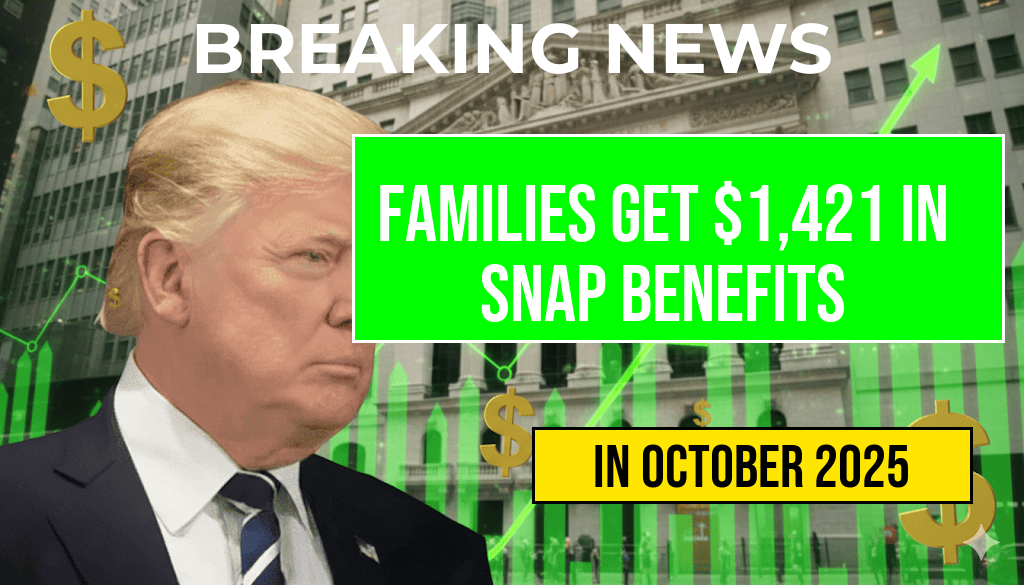Hundreds of thousands of families participating in the Women, Infants, and Children (WIC) nutrition assistance program are facing an uncertain future as federal funding cuts threaten to reduce monthly benefits. Over the past year, many recipients have seen their grocery budgets shrink by $26 to $78, a significant decrease that could impact access to essential nutritious foods. With the current funding trajectory, the program’s ability to sustain current benefit levels is at risk, prompting concerns among advocates, healthcare providers, and policymakers about growing food insecurity among vulnerable populations.
Funding Shortfalls and Impact on WIC Participants
The WIC program, administered federally through the U.S. Department of Agriculture (USDA), provides nutritional support and education to low-income pregnant women, new mothers, infants, and young children. Established in 1974, it serves nearly 7 million participants nationwide. However, recent funding shortages due to congressional budget constraints have led to a reduction in benefits for many recipients, with some reporting a loss of up to 20% of their monthly grocery allowance.
These cuts come amid ongoing debates over federal spending priorities, with some lawmakers questioning the long-term sustainability of the program. The reductions are not uniform but vary depending on state allocations and local administrative decisions. Nonetheless, the overarching trend signals a tightening of resources that could undermine the program’s core mission to improve maternal and child health outcomes through adequate nutrition.
Significant Decreases in Grocery Budgets
| State | Previous Budget | Current Budget | Monthly Reduction |
|---|---|---|---|
| California | $150 | $124 | $26 |
| Texas | $130 | $105 | $25 |
| Florida | $140 | $112 | $28 |
| New York | $160 | $128 | $32 |
| Illinois | $155 | $125 | $30 |
Participants across multiple states have reported an average reduction in their monthly grocery budgets ranging from $26 to $78, depending on local adjustments. For many families, this decrease translates into fewer nutritious options, potentially leading to nutritional deficiencies, especially among vulnerable groups such as pregnant women and young children.
Real-Life Impacts on Families
Jessica Ramirez, a mother of two from Houston, Texas, shared her experience: “Since the benefit reduction, I’ve had to cut back on fresh produce and dairy. It’s stressful because I want my kids to eat well, but I just can’t afford it anymore.” Similar stories emerge from other regions, with many feeling forced to choose between basic necessities and healthy foods. Nutritionists warn that such compromises could have long-term health consequences, including developmental delays and increased susceptibility to illness.
Federal Funding Challenges and Policy Responses
The looming funding crisis stems from broader congressional disagreements over federal budgets. The USDA has warned that if additional funding is not secured, further benefit reductions could occur, with some estimates suggesting that the program could face a 10-15% cut in the coming months. This potential reduction could further exacerbate food insecurity among low-income families already struggling amid rising prices for essentials.
Efforts to address the issue include advocacy campaigns urging lawmakers to prioritize nutrition assistance programs. Organizations such as No Kid Hungry and the Food Research & Action Center are lobbying for increased federal funding and policy reforms to protect vulnerable populations from further hardship.
Potential Policy Solutions
- Increasing federal allocations to ensure benefits remain consistent with inflation and rising food costs.
- Expanding eligibility criteria to include more families facing economic hardship.
- Implementing flexible benefit structures that allow families to adapt food choices based on local prices and availability.
The Broader Context: Food Security and Public Health
The current challenges facing the WIC program highlight broader issues of food insecurity in the United States. According to the U.S. Department of Agriculture, approximately 10.2% of U.S. households experienced food insecurity in 2022, with lower-income families bearing the brunt. Programs like WIC play a crucial role in mitigating these issues, especially during periods of economic instability.
Experts warn that if funding cuts persist, the consequences could extend beyond immediate nutritional deficiencies. Poor diet quality in early childhood has been linked to long-term health problems, including obesity, diabetes, and cognitive impairments. Ensuring sufficient support now could prevent higher healthcare costs and social disparities in the future.
As policymakers evaluate budget proposals, the future of the WIC program remains uncertain. Stakeholders emphasize that maintaining and expanding these benefits is vital for fostering healthier communities and reducing disparities rooted in economic inequality. The coming weeks will be critical in determining whether federal funding can be bolstered to preserve the program’s integrity.
Frequently Asked Questions
What is the current status of the WIC program’s funding?
The WIC program is nearing an important deadline as it faces potential funding shortages due to reduced federal support, which has caused grocery budgets to drop by $26 to $78 monthly for participants.
How have the recent funding cuts impacted WIC participants’ grocery budgets?
Due to the federal funding cuts, WIC participants are experiencing a significant decrease in their monthly grocery allowances, with reductions ranging from $26 to $78, making it more challenging to afford nutritious foods.
What is the deadline for the WIC program’s funding before potential disruptions?
The WIC program is approaching a critical deadline for funding renewal, and if new federal support is not secured soon, there could be disruptions in services and benefits.
Are there any efforts underway to prevent cuts or extend funding for WIC?
Yes, advocates and community organizations are actively urging federal policymakers to secure additional funding to prevent benefit reductions and ensure continued support for eligible families.
How can WIC participants prepare for potential changes due to funding issues?
Participants are encouraged to stay informed through official communications and consider budgeting strategies to manage reduced grocery allowances. Additionally, they can seek assistance from local WIC offices for support and resources.






